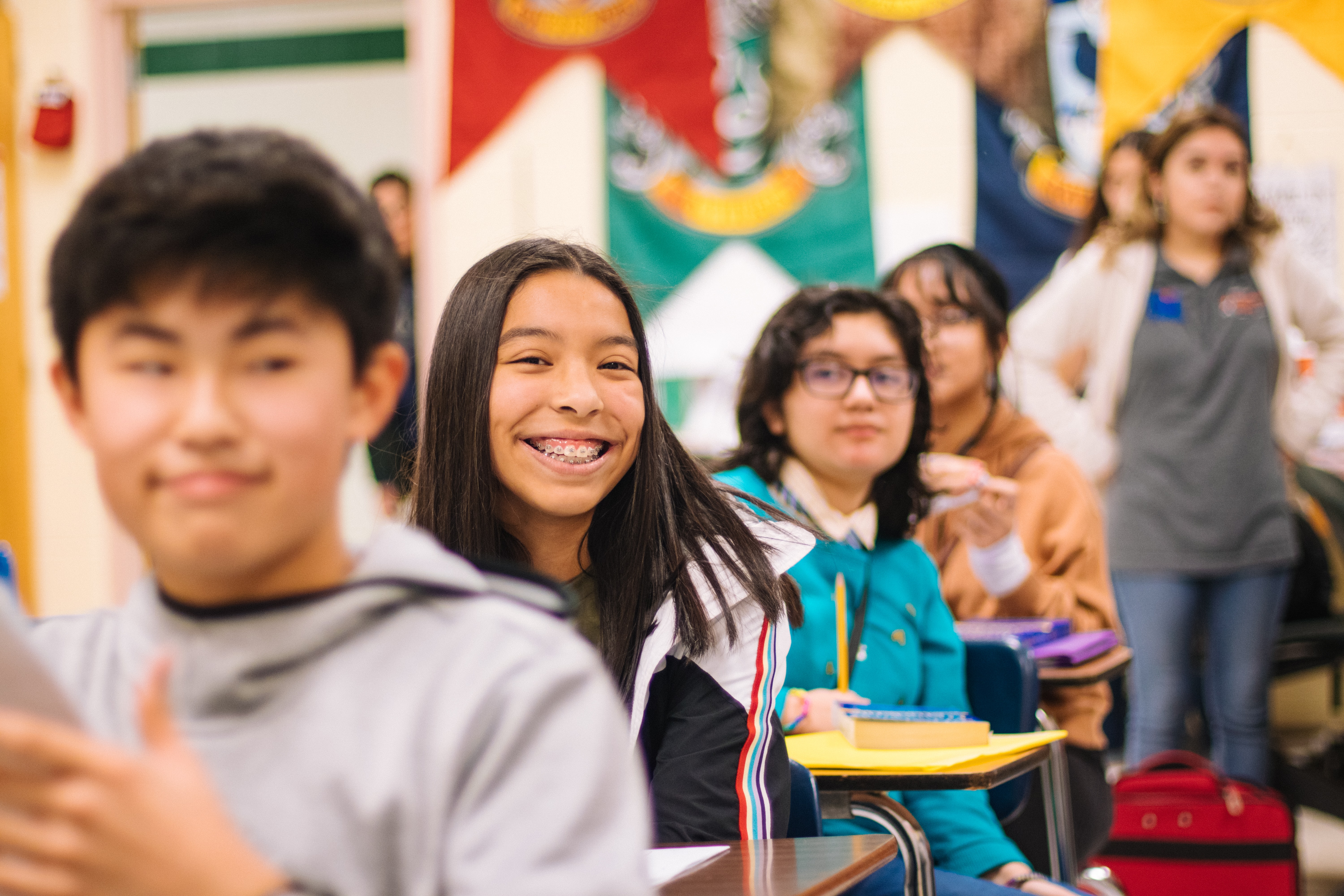“When I came to this country…” was just one of the many phrases I heard often growing up in an Indian household. The phrase was typically used to impart to me how privileged I am compared to my parents, who immigrated to the United States in the ’90s to complete their master’s degrees.
However, unlike most Asian-American families around the U.S., I am not the minority in my home community. About 92% of my high school, Mission San Jose, is Asian-American. Being surrounded by many students with the same background gave me the privilege of sharing my stories, experiences and thoughts without fear of being judged.
When my cousin from Las Vegas visited me last month, I realized how fortunate I am to live in a majority-minority community. Driving around town, she was shocked to see Indian grocery stores, restaurants and businesses in every complex. Growing up in Las Vegas, she didn’t have the privilege of eating good-quality biryani without driving tens of miles to the nearest Indian restaurant. But I did. Something so simple, yet so fundamental to my childhood, wouldn’t have been possible had I not lived in Fremont, CA.
Similarly, while I’ve had the privilege of learning Indian classical dance from multiple local teachers and performing at cultural events to celebrate Indian holidays, my cousin was forced to sit on video calls for hours with her non-local teacher. We’re both Indian girls with a passion for dance and preserving our culture, yet she didn’t have the same opportunities that I did because of the differences in our communities.
When Kamala Harris became the first woman of color to be vice president, my community was already familiar with the experience of being well-represented. Members of our school board and our city mayor are also people of color. Although cultural representation in the media, film industry, politics and other areas is growing, I’m proud to have also grown up watching people with the same skin color lead my community.
Because of the low diversity, the culture of my school goes against most high school stereotypes. For one, race and gender are not the main factors that divide the school’s “jocks and nerds,” contrary to typical schools — because of the academically-driven environment, it is grades, clubs, and courses that often naturally create cliques. While Asian-Americans are classified as nerds and treated as inferiors in some other schools, because of our Asian-majority, some of the academically and socially balanced Asian-American students are given the opportunity to rise in social status and be more than just a nerd.
Although there are numerous benefits to having a community full of familiar faces and cultures, the pressures that accompany the “model minority” myth can be seen in full force in largely Asian-American communities, with consequences for students’ health and wellbeing. I’ve found that schools in my Asian-majority district are expected to perform better, students are judged by higher standards and hard work is discredited because success is perceived as easy.
If you’re still not convinced that my high school is unlike most, we no longer have a football team because of the low interest in sports relative to the high interest in academics. In addition, a byproduct of the higher level of academic success is that it takes more titles, awards and achievements to stand out as a student. This leads to an environment where interpersonal relationships are seen as secondary to success — friends become “frenemies” just to compete for admission into top-tier colleges and achieve greater performance relative to their peers.
This stressful environment can have long-lasting effects on the mental health of Asian-American individuals. The American Psychological Association reported in 2011 that “among all Asian-Americans, those aged 20-24 had the highest suicide rate.”
Because of the sheltered environment I grew up in, I can only imagine the reality shock I will face in college. On top of being away from home, paying for my meals and adapting to a new schedule, I may have the added factor of social inhibitions — something that was never an issue for me earlier.
The college environment may be physically, mentally and emotionally different from my high school, full of Asian-Americans treated as my competition. While this difficult transition is not limited to my atypical experience and can occur while entering any new community, academic or otherwise, I hope I will be meeting peers with pure intentions and building a foundation for long-lasting relationships.
Ultimately, this raises the question: How would my childhood and high school experience varied if my community was more diverse? That’s something I’ll never know, but for now, the closest I can get is a fresh start in college.
